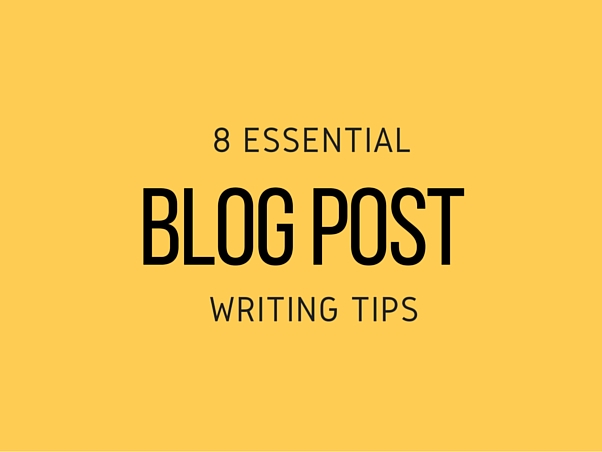1.GOOD BLOG POSTS HAVE THESE THINGS IN COMMON:
- The title and first sentence POP out at the reader to engage them immediately
- Images are used as EYE CANDY to draw the reader in
- QUOTES from real people validate the post
- The WRITING STYLE uses the voice of the intended audience
- People don’t read online, catch their attention with LISTS
- KISS (keep it simple stupid) keep the post short, sweet and to the point
- Include a CTA (call to action) to turn your post into a win – sign up for a newsletter, download a white paper, etc.
2. IT POPS!
When it’s good, you know it the instant you see it. Sometimes, as the post author, you may even have to read it to know it’s good! Subtitles pop out, all you need is a quick glance and BOOM you know you want to read it. You may even bookmark it for future reference, or for sharing with others.
3. EYE CANDY
They say images can truly support an argument. Remember the man standing up to the army tanks in Tianemen Square? You know the one I’m talking about. Or how about the image of the man covered in dust in Manhattan on 9-11? Or the soldiers hoisting the American flag on Iwo Jima? I don’t even need to show you what I’m talking about, and you’re seeing the exact same images I’ve got in mind. They are that powerful. By their worth alone, they can help reduce your word count by a thousand words each if the saying is accurate.
What are the simple rules to using images in a blog post?
- Only use images you have the rights to use.
- Make sure it’s relevant to your content.
What about embedding a video in your post?
“1.8 Million Words. That’s the value of one minute of video, according to Dr. James McQuivey of Forrester Research.”
Source: www.videobrewery.com
4. QUOTES
Chances are someone said it way better, and has stats to support the saying. Quotes validate your argument. Remember to always credit your sources. Otherwise it’s called plagiarism. Using a quote? Make it stand out! Pulling quotes really ads punch to them. That and they ad to your eye candy effect by helping give your readers who quickly scan an article as a form of evaluating to know if it’s worthy of their time.
5. WRITING STYLE
Write for your audience. Always. This means knowing your audience. A writing style and copy will change whether it’s for a medical journal, vs a feminist magazine, vs a technical computer website, etc. Your audience should dictate your tone, your voice and your chosen vocabulary. But no matter your audience, always stick to short sentences following the golden rule of 1 idea per sentence. Think of your breathing as you write, and think of your readers’ breathing. You don’t want them to be out of breath halfway through your article. Or do you?
If you’re writing for adrenaline junkies, and want to give them the sense of rush from jumping off a helicopter with your board strapped to your feet landing into 2.5 feet of freshly fallen clean powder and make them experience that blast of energy when you suddenly take off the instant your board touches the snow: you want them to feel exhilarated and even a little out of breath just from reading your words! See what I just did? Yeah. Totally intentional.
6. LISTS AREN’T JUST FOR BUCKETS
Helpful articles that stand out often use lists. Not only do they use lists, but their entire content are built around them, including the titles.
- Five Best Ways to Keep Your Man Happy!
- 10 Most Popular iPhone Apps!
- Top Three Travel Websites!
- 25 Best Companies to Work For!
Try it out, and see the outcome. People love lists, they give them a sense of organization — nobody loves clutter. Articles and blog posts written around lists help keep things neat and tidy.
7. DON’T HOG YOUR READERS’ TIME
The suggested word count for a blog post is between 400-700 words. Anything above that means you have one or more blog posts that can be used as multi-part blog published in installments. The last thing you want is your reader to quickly close down the tab when seeing a never ending scroll of endless babble. Keep it short, it’s better to leave them hungry for more than running away from something that just seems too time consuming!
8. INCLUDE A CALL TO ACTION (CTA) TO LAUNCH THE DIALOG!
Ending your post with a question can help stimulate the discussion or keep your readers thinking about your post all day long…
What about you? What’s your favorite thing about a blog post?

